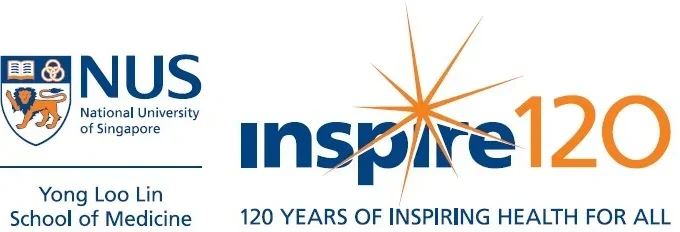“Her pale, yellow, wasted face dropped back, her mouth fell open, her leg moved convulsively, she gave a deep, deep sigh and died.”
—Crime and Punishment, Fyodor Dostoevsky
This passage could have described many people suffering from tuberculosis (TB) up to the 1940s, when the antibiotic streptomycin was discovered. Despite more TB drugs being available today, TB remains a leading cause of death from infection. This is mostly because of the long and inefficient courses of treatment that are hard to administer and difficult for patients to stick to. Moreover, about 500,000 TB cases each year are resistant to commonly used drugs. Drug-resistant TB requires even longer (up to 2 years), more complicated, and much more expensive treatment. It also has a higher risk of death.
The Singapore Programme of Research Investigating New Approaches to Treatment of Tuberculosis (SPRINT-TB) was formed in July 2015 to research and develop better ways to treat TB. Led by NUS Medicine Professor Nick Paton, SPRINT-TB spans NUS Medicine, the Saw Swee Hock School of Public Health (SSHSPH), A*STAR’s Experimental Therapeutics Centre, and other collaborators in Singapore and overseas.
One approach to tackling drug resistance is to discover new targets and develop drugs to them. Associate Professor Thomas Dick and team have patented a new molecule active against TB. Their May 2015 article in MBio describes how they used a novel screening method to find that a multiple myeloma drug, bortezomib (Velcade®), can kill TB and in a different way than other drugs. Dr. Dick’s team, Professor Alex Matter’s team at A*STAR and Prof Brian Dymock at NUS Pharmacy, are tweaking bortezomib to make it safer for people but still able to kill TB effectively.
Effective TB drugs have to overcome 2 big obstacles: 1) they must pass through the thick outer covering of the TB bacterium, and 2) they must penetrate the lesions frequently present in the lungs of TB patients. These lesions, consisting of bacteria surrounded by a wall of immune cells, cause many of the disease’s symptoms and are difficult to treat. Substances called “fragments” that are small (low molecular weight) and water-loving, vs traditional fat-soluble drugs, appear to overcome both obstacles. Assoc Prof Dick is testing these substances against TB.
After a patient starts treatment, doctors must find out whether the treatment is working and make changes as needed. It turns out that chest X-rays are not very sensitive for this purpose. Prof Nick Paton and team have found that new imaging techniques, PET/MRI and PET/CT, may be more sensitive than X-rays, enabling doctors to detect a response earlier. The imaging methods may also differentiate between truly latent infections and the small subset that could progress to active infections.
To address resistance before it develops, Prof Paton’s team is examining the type and duration of treatment for non-resistant TB. Patients with this type of TB must take several drugs, some causing severe side effects, for 6 months. Thus, many patients stop treatment prematurely, which can cause drug resistance. Prof Paton is leading the TRUNCATE-TB clinical trial, which aims to reduce treatment time to 2 months for most patients. Patients will be treated with new drug combinations for 2 months. At that time, only those who still have disease will receive the standard 6-month treatment.
Even a perfect TB treatment is only useful if it reaches patients and they take it. Prof Richard Coker from SSHSPH is leading research to find better ways of delivering treatment and to overcome barriers in the regulatory and healthcare systems, especially in Asia.
By harnessing innovative ideas and crossing disciplines, SPRINT-TB is keeping up in the race against the hardy and resourceful TB bacterium.
Additional Reading and Resources
- World Health Organization. Global Tuberculosis Report 2015. 20th ed. Geneva, Switzerland: World Health Organization; 2015. Available at: http://apps.who.int/iris/bitstream/10665/191102/1/9789241565059_eng.pdf?ua=1
- Marks SA, Flood J, Seaworth B, et al.; and the TB Epidemiologic Studies Consortium. Treatment Practices, Outcomes, and Costs of Multidrug-Resistant and Extensively Drug-Resistant Tuberculosis, United States, 2005-2007. Centers for Disease Control and Prevention. Emerg Infect Dis [Internet]. 2014 May. Available at: http://wwwnc.cdc.gov/eid/article/20/5/13-1037_article.
